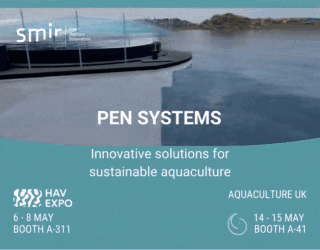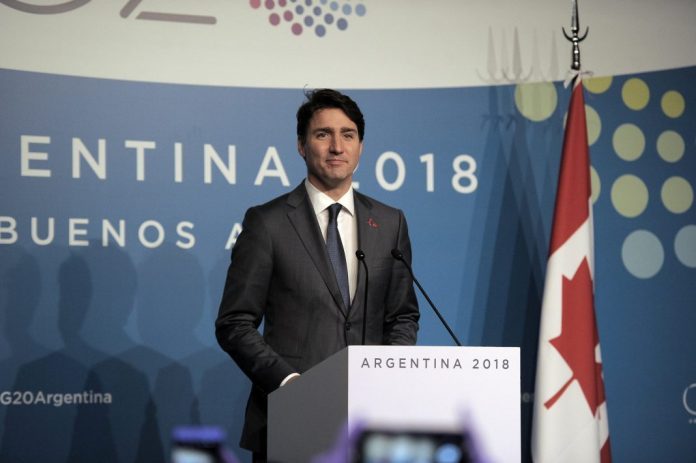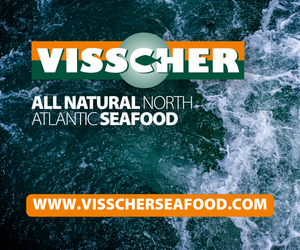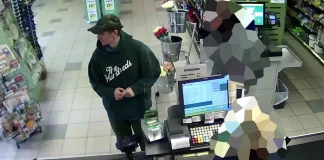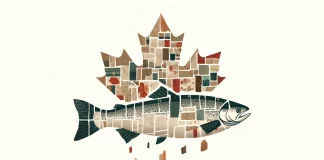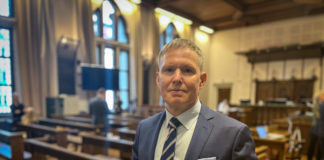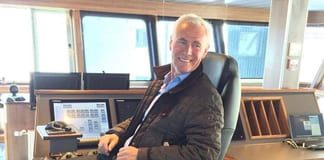Big salmon farmers in Canada are reluctant to take salmon ashore.
Canadian Liberal Prime Minister Justin Trudeau has thrown himself into the election campaign with a promise that British Columbia’s aquaculture industry will move away from open cages and into closed-containment facilities – either on land or at sea.
In its political program, the Liberal Party writes that it will “work with the province to develop a responsible plan to transition from open net-pen salmon farming in coastal waters to closed containment systems by 2025”.
Trudeau, who has been the country’s prime minister for the past four years, has the support of 33.5 percent of voters, according to polls conducted by CBC News. The Conservative party is currently ahead, with 33.9 per cent of the vote. The federal election in Canada will be held October 21.
But the work is already in full swing. 17 open-pen facilities have already been closed. Even more may follow.
However, the proposal carries several challenges. First and foremost since closed-containment technology does not seem to be a fully mature alternative.
The burden of mortality is too high.
Mass death
Yesterday, SalmonBusiness was able to report on SalangLaks which may have lost up to 800,000 fish. This led Susanna Lybæk, scientific adviser at the Animal Protection Alliance, to voice her anger.
She defined this as “mass death” and “disaster”.
Opptil 800.000 fisk døde pga teknisk svikt.
Ja, dette er uønsket både for produsent, så ikke gjort med vitende vilje.
Samtidig: ville vi tillatt produksjonsmetoder av f.eks. fjørfe/svin/storfe der svikt i ventilasjonsanlegget stadig medførte massedød? https://t.co/cTOZb3exEX— Susanna Lybæk (@suslyb) September 30, 2019
Besides animal welfare challenges, high mortality also inevitably entails high operating costs. This will cause salmon farmers to react strongly.
Another element of closed-containment, at least on land, which is most widespread, is that such will take away Canada’s competitive advantage with its vast and well-tempered coastline at the doorstep of the US market.
https://twitter.com/chalkomilk/status/1178741005799043075
Salmon factories can, as is known, be placed everywhere, and often in the middle of the best-paying markets.
Heading east
The plan thus applies to the West Coast and does not mention the East Coast.
It can also explain the keen interest among the great salmon farmers in the country to the Atlantic coast of Canada. This is where Cooke Aquaculture, Northern Harvest and Gray Aqua group have been running quite undisturbed in recent years.
Canadian aquaculture industry attacks Trudeau platform to phase out open net pen salmon farms in BC as a “reckless” and “irresponsible” policy not based on science. Regional industry associations from Atlantic Canada are signatories to a joint statement condemning the Libs.
— Paul Withers (@Witherscbc) September 30, 2019
In 2015, the Grieg family founded the farming company Grieg NL, which must not be confused with listed Grieg Seafood, which has so far been content with cages in British Columbia. Grieg NL will farm salmon in Newfoundland and Labrador. The company has started the construction process of a USD 250 million megaproject, and has also ordered at least eight feed barges at AKVA group.
Just before Christmas 2017, Mowi acquired the 19,000-tonne-a-year Northern Harvest, as well as the somewhat smaller Gray Aqua Group, and announced with it its presence on the Atlantic coast.
And this spring, another big fish, with heft in British Columbia, namely Cermaq, announced studies aimed at establishing itself on the East Coast.
Acceptable
Climate challenges in the form of the weather phenomenon superchill do not scare easily. Nor does the fact that parts of Newfoundland and Labrador have at times struggled with a lot of lice.
If the aforementioned players are to be present as salmon farmers in Canada, it is primarily in open-sea cages. This is where shareholders find acceptable long-term profitability and return on the extensive investments required.
For the salmon in the sea cages, this also seems to be the best option today.


